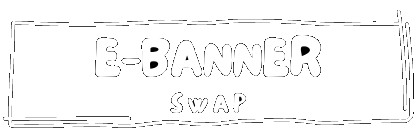Invention patents, or utility patents, protect functional items that can be made and used by the general public. Unlike other types of patents, an invention patent protects a physical product rather than an idea. An inventor must create and file a patent application to obtain an invention patent. Inventors can apply for an invention patent within one year of disclosing their invention to the public or offering it for sale.
There are patent agencies, such as Invent Help, that will help inventors obtain patents for their ideas. These agencies are not affiliated with the U.S. Patent and Trademark Office (USPTO), but they provide patent services that often include filing an application for a fee. Patent agencies may also offer other patent-related services, including trademark registration and licensing agreements.
The term of an invention patent is 20 years from the date it is granted by the USPTO. An inventor may also obtain a design patent on his or her new design for up to 15 years from the date of issuance. Both types of patents are renewable indefinitely as long as they are maintained in good standing with the USPTO and all maintenance fees are paid annually.

While the process of obtaining a patent can be daunting, it is worth the effort. A patent protects your invention for 20 years and allows you to license or sell it without fear of competitors copying your idea.
- The inventor must be the original designer and owner of the invention
- The invention is new, useful and not obvious to experts in the field
- The patent application includes a detailed description of how the invention works
If an inventor does not want to go through the patent process himself or herself, he or she can hire a patent attorney or agency, such as InventHelp. A patent attorney will charge much more than a patent agency for their services.




